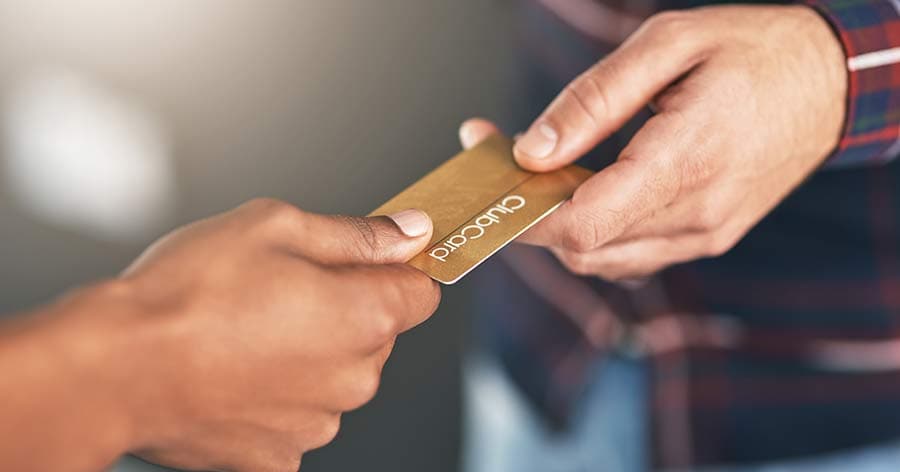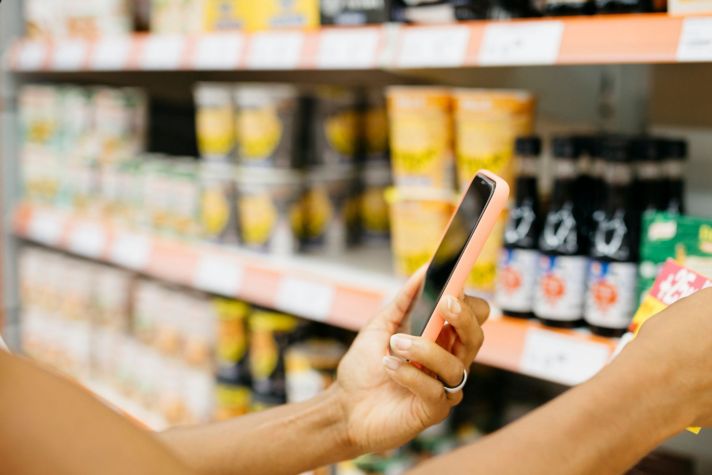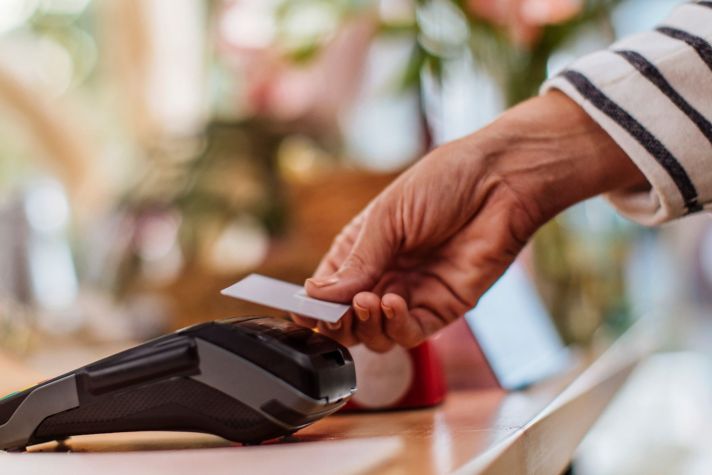-
 Global
Global-
Africa
-
Asia Pacific
-
Europe
-
Latin America
-
Middle East
-
North America
- |
- BUSINESSES
- |
- Contact
- |
-
 Global
Global-
Africa
-
Asia Pacific
-
Europe
-
Latin America
-
Middle East
-
North America
- |
- BUSINESSES
- |
- Contact
- |
You are browsing the product catalog for
- News
- 3 Trends that are Upgrading Shopping
3 Trends that are Upgrading Shopping
Go behind-the-scenes of how retailers are making it easier and more fun for us to buy things
As retailers transform to thrive in the digital world, they must put the customer at the forefront.
Total retail sales are projected to grow to $5.6 trillion this year, according to eMarketer.
Here are three trends to look for in 2020.
Customer Experience
To give customers a memorable experience stores have added:
- Personalized shoppers to style or assist customers
- Bars at grocery stores
- DIY classes to teach you how to build a construction project
- Virtual reality that allows you to envision a product in your own home
“Every store is trying to differentiate themselves with a curated customer experience,” said Karen Bomber, our retail technology expert with more than two decades of experience in the industry.
The National Retail Federation (NRF) points to shopping malls as an example of giving consumers more than just items to buy.
Once a destination all on their own, shopping malls have fought to survive in the world of ecommerce.
NRF said the iconic Mall of America has reinvented itself by hosting more than 400 events a year and housing entertainment options like an amusement park.
Eliminating Lines
Among the worst customer experiences that a shopper can have? Standing in long lines.
“Whether you buy one thing or 100 things, you inevitably get behind the person who bought 100 things,” Karen said.
Long lines cost retailers. Literally.
They lost $37.7 billon in sales because frustrated customers went to another store or chose not to buy the item, according to a 2018 study by Adyen.
Technology can make checkout less painful.
Self-checkouts are one option. But even they are subject to long lines.
Stores can use new options like mobile checkout or scan and go.
Loyalty Programs
About a decade ago, many customers hesitated to share their phone numbers or email addresses with retailers, Karen said.
Now, millennials and other shoppers don’t hesitate to hand over their personal information to get discounts.
Nearly 80 percent of customers say loyalty programs make them more likely to do repeat business with brands, according The Loyalty Report 2019.
Retailers use shopper’s data to personalize the customer experience and build brand loyalty, she said.
From tracking previous purchases to targeting specific coupons, retailers use loyalty programs, to entice shoppers.
Those programs give brick-and-mortar stores the ability to compete with ecommerce, which can track every click and every search from a customer.
Copyright © 2024 Honeywell International Inc.







